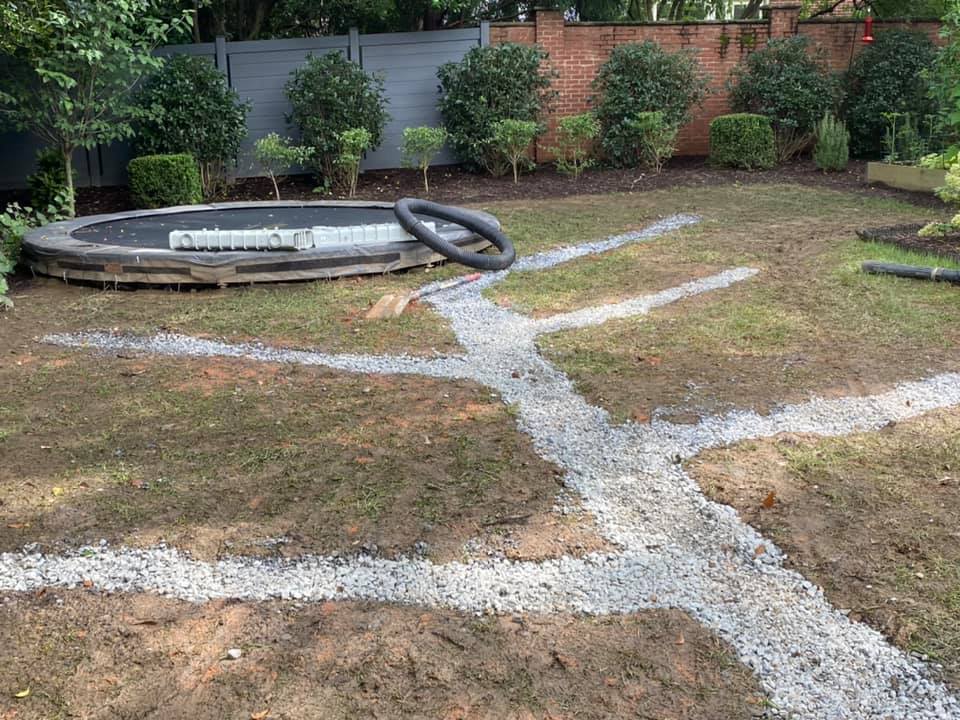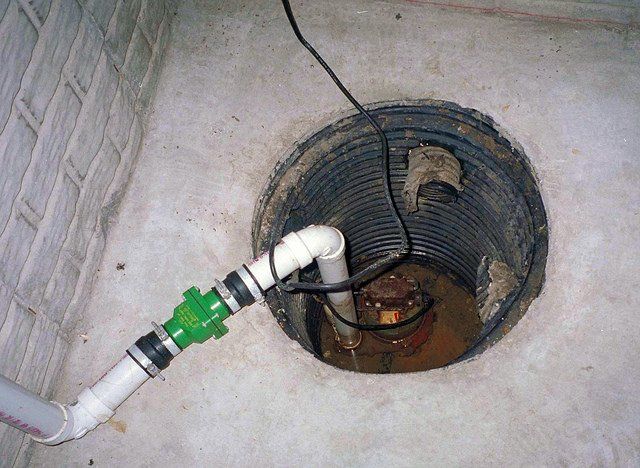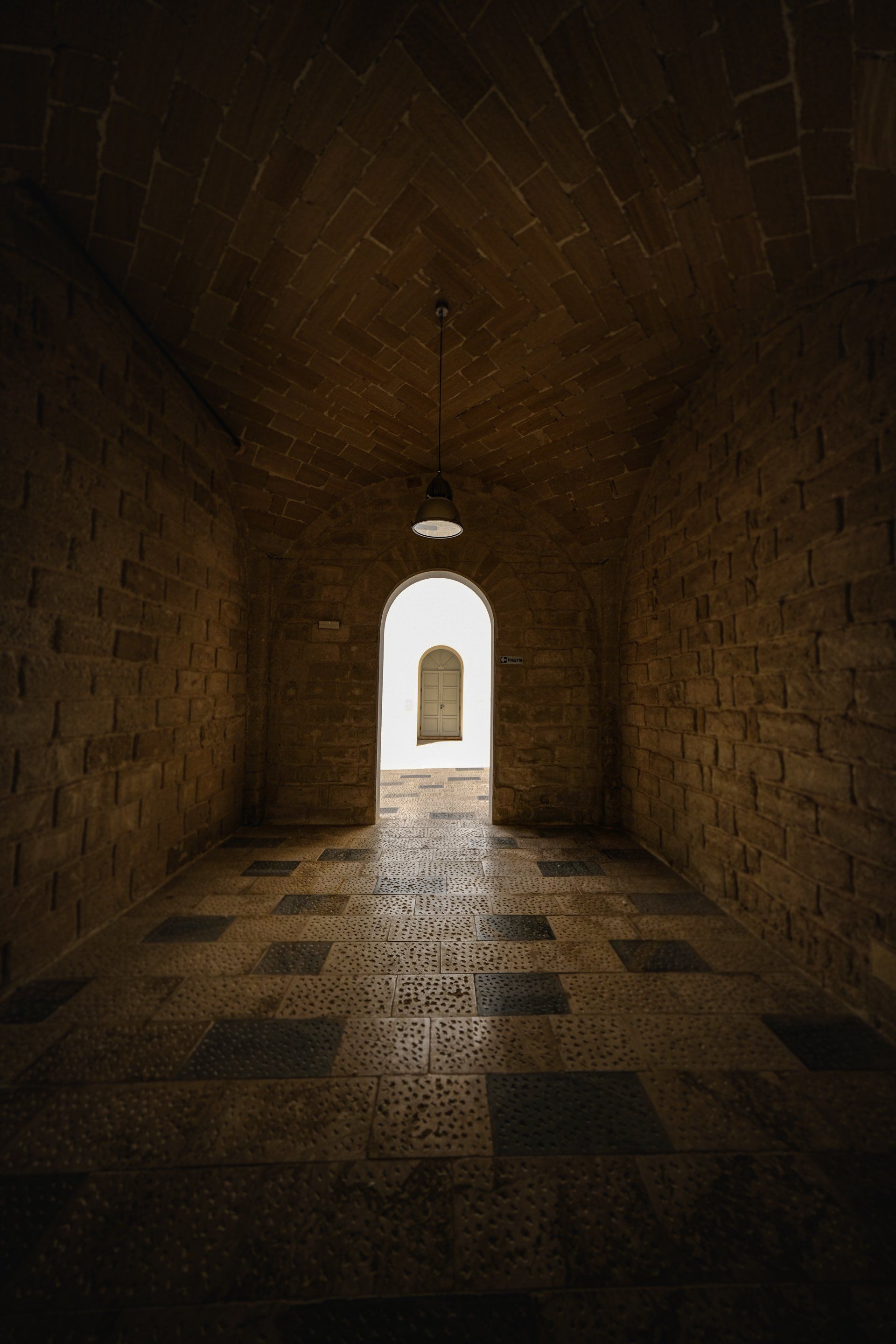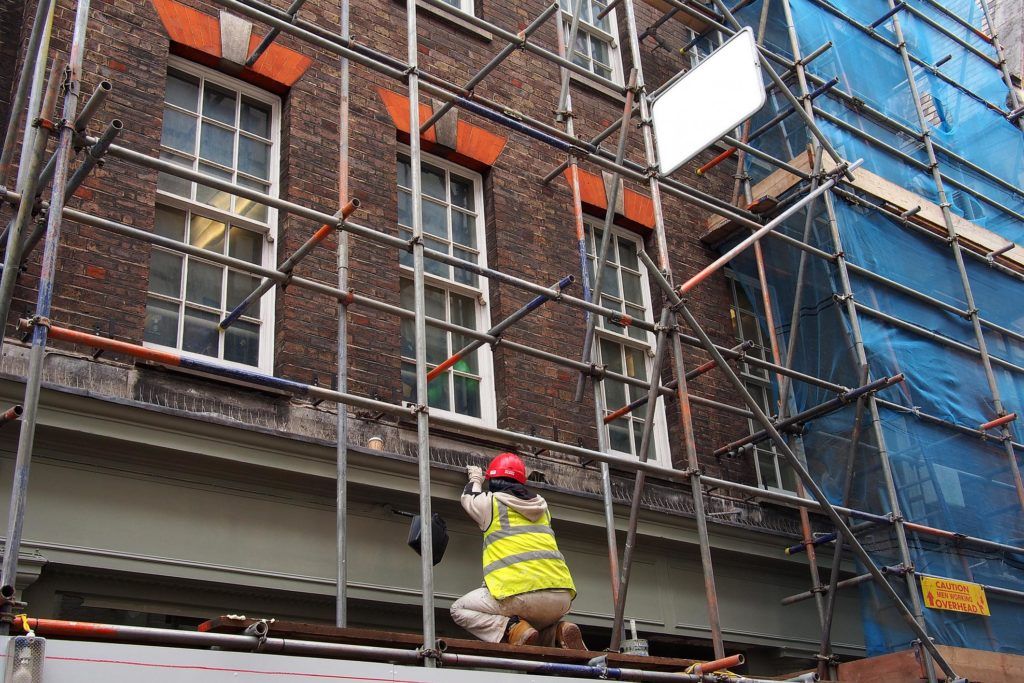When Your French Drain Stops Working: Signs, Fixes, and Prevention
Identifying Common French Drain Problems and How to Keep Your Yard Dry and Safe
A french drain is a vital part of many home drainage systems, designed to redirect water away from your property to prevent water damage and erosion. However, like any other component of your home's infrastructure, a french drain system can encounter issues over time. Recognizing the signs of failure early and knowing how to address them can save you from costly repairs down the road.
In this guide, we’ll discuss the common signs that your french drain isn’t working properly, methods for french drain repair, and preventive measures to keep your system functioning effectively for years to come.

Signs Your French Drain Is Failing
Pooling Water in the Yard
One of the most obvious signs of a failing french drain in yard is pooling water. If you notice that water is accumulating in areas where the drain should be functioning, this may indicate that the drain pipe is clogged, collapsed, or improperly sloped.
Water in the Basement
A properly installed french drain basement system should keep water out of your basement. If you notice damp walls, floors, or mold growth in the basement, it could mean your french drain around house is not diverting water as it should.
Soggy Lawn or Landscaping
A saturated lawn is another indicator that something is wrong with your yard drainage system. While a small amount of water after heavy rain is normal, consistently soggy soil may suggest the french drain is overwhelmed or blocked.
Erosion Near the Drain
Erosion near the location of the french drain is a clear sign of malfunction. This could mean that the drain is either not installed correctly or has shifted over time, causing improper water flow.
Common Causes of French Drain Failure
Clogs in the Drain Pipe
The most common issue with a french drain system is a clog. Dirt, leaves, and debris can accumulate in the drain pipe, obstructing water flow. Regular maintenance can prevent this, but if left untreated, the clog can cause water to back up into unwanted areas.
Improper French Drain Installation
If your drain was installed incorrectly, it may not function as expected. A poorly sloped trench or a trench drain that’s too shallow can prevent water from being properly redirected. If you hired a french drain company near me to install the drain and you’re noticing issues shortly after, it might be worth considering professional evaluation and french drain repair.
Shifting Soil
Over time, soil shifts can move the french drain around house, causing it to malfunction. This is especially common in areas with significant rainfall or where the soil is particularly loose. Shifting can cause the french drain to lose its proper slope, limiting its ability to move water away efficiently.
Wear and Tear Over Time
Even with proper installation, no drainage system lasts forever. If your french drain was installed many years ago, it may be nearing the end of its functional life and require repair or replacement.
French Drain Fixes: How to Address Issues
1. Clear Blockages in the Drain Pipe
If your french drain is clogged, the first step is to locate the blockage. You can try to clear the drain pipe using a plumbing snake or high-pressure water jet. If the blockage is more severe, you may need to excavate the pipe to manually clear out the obstruction. This process may require hiring a professional, especially if you’re not familiar with french drain how to install.
2. Repair or Replace the French Drain Pipe
Sometimes, the french drain repair near me involves replacing sections of the damaged or collapsed pipe. This could be due to age, shifting soil, or poor initial installation. Excavation may be necessary to access the faulty parts of the system. Always ensure you hire professionals for this job to avoid further complications.
3. Regrade the Drain for Proper Flow
If the water is not flowing correctly due to a slope issue, you may need to regrade the trench. To do this, remove the soil above the drain, correct the angle, and then backfill it. This ensures water will flow toward the exit point and away from your home or yard.
4. Install a Curtain Drain for Additional Support
In some cases, adding a curtain drain installation can help improve water management. Curtain drains are similar to french drains, but they are placed in shallower trenches to catch surface water. They are particularly useful if your yard drainage system consistently struggles to handle excess water.
Preventing Future French Drain Issues
Regular Maintenance
To prevent future issues, perform regular maintenance on your french drain system. This includes checking for blockages, ensuring proper water flow, and clearing any debris that may accumulate in the system. Consider scheduling routine inspections by professionals offering french drain repair near me to stay ahead of potential problems.
Professional French Drain Installation
Proper french drain installation is critical to avoiding drainage problems down the line. Ensure you hire a reputable french drain company with experience and positive reviews in your area. If you’re searching online, use terms like “french drain installation near me” to find experts who are familiar with local soil conditions and can install the system correctly.
Install Drainage Solutions for Excess Water
In particularly water-prone areas, consider installing additional drainage solutions such as downspout extensions or french trench drain systems. These help divert even more water away from the house and into appropriate drainage areas, reducing the load on your primary french drain.
Proper Grading Around the Home
Make sure that the ground around your home slopes away from the foundation. This prevents water from accumulating near the house and overwhelming the french drain basement system. Proper grading also helps ensure that any water that enters the yard is directed toward the french drain and not toward your home.
Final Thoughts on French Drain Repair and Maintenance
A french drain is an essential component of your home's overall drainage strategy. When it works correctly, it prevents water damage, erosion, and costly repairs. But when it stops working, the consequences can be significant.
Recognizing the signs of failure, understanding how to fix common issues, and implementing preventive measures will keep your french drain functioning efficiently. Whether you're dealing with a clogged drain pipe, needing a regrade, or planning a new french drain installation, being proactive is key to protecting your home from water damage. If you're not sure where to start, it’s always a good idea to consult with a
french drain company near me to assess your needs and recommend the best solutions.
By staying ahead of potential problems and investing in proper maintenance, you can ensure that your french drain will continue to serve its purpose for many years to come.



